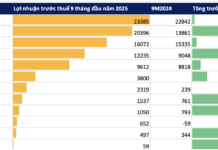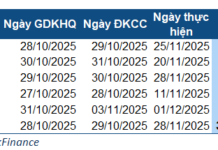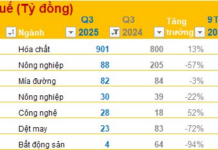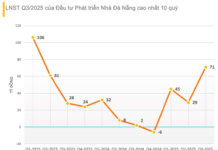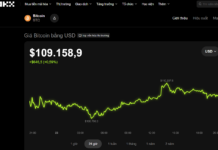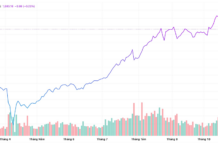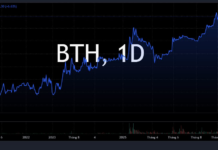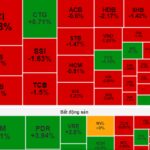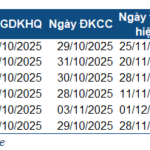A notable update regards the progress of the 120,000 billion VND package disbursement. According to the Ministry of Construction, 1,344 billion VND has been disbursed so far, including 1,295 billion VND for investors and 49 billion VND for home buyers.
The Ministry of Construction attributed the slow disbursement of the 120,000 billion VND credit package to the limited number of participating banks. Currently, in addition to the four state-owned banks (Vietcombank, BIDV, Vietinbank, and Agribank), only four other commercial banks (TPBank, VPBank, MBBank, and Techcombank) have joined the program.
Moreover, the interest rates for this credit package remain high, with 8%/year for investors and 7.5% for home buyers. The short duration of the preferential rates, three years for investors and five years for buyers, is not very attractive to borrowers. Therefore, the Ministry of Construction has proposed that the State Bank encourage more banks to participate in this 120,000 billion VND package and consider reducing interest rates and extending the loan term.
In their report to the Prime Minister, the Ministry of Construction also pointed out several existing issues. These include difficulties faced by social housing development enterprises in accessing land, such as land fund planning and project publicity to attract investment.
Some projects have been approved in principle and have selected investors, but their construction progress remains slow. Additionally, some enterprises face challenges in accessing capital.
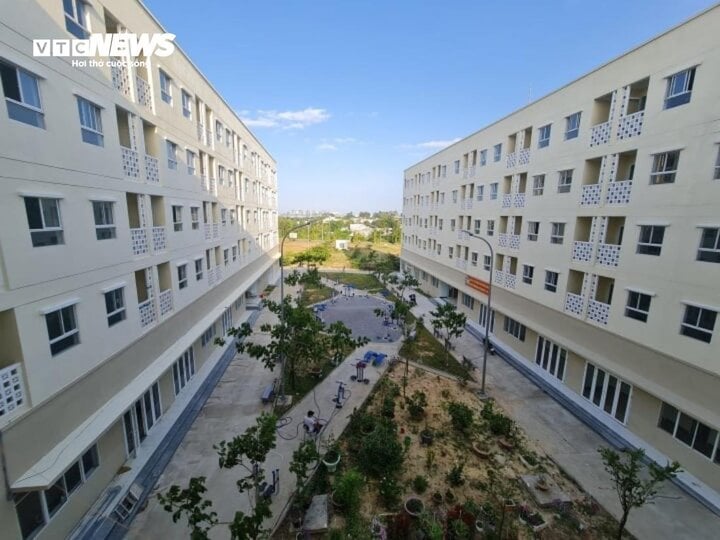
Over 1,300 billion VND disbursed from the 1,200,000 billion VND package for social housing construction. (Illustrative image)
From 2021 until now, there have been 619 social housing projects implemented nationwide, with a scale of more than 560,000 units. However, only 79 social housing projects have been completed, 128 are under construction, and 412 have been approved in principle.
The leading provinces in social housing development include Bac Ninh, Hanoi, Bac Giang, Khanh Hoa, Thanh Hoa, Tay Ninh, and Binh Duong.
On the other hand, some provinces with a high demand for social housing have not had any completed projects, including Thai Nguyen, Ninh Binh, Nam Dinh, Thua Thien Hue, Vinh Long, Ben Tre, Bac Lieu, and Ca Mau.
According to the Ministry of Construction, the total number of social housing units initiated and completed so far accounts for approximately 35.6% of the target set by the scheme to build 1 million social housing units by 2025. The planning and allocation of land funds for social housing development reached approximately 9,757 hectares by the end of August.
Many localities have shown their commitment by allocating land for social housing in favorable locations, close to urban centers and industrial parks, with technical and social infrastructure in place. These include Dong Nai with 1,064 hectares, Quang Ninh with 666 hectares, Hai Phong with 644 hectares, and Binh Duong with 408 hectares.
Why Social Housing Isn’t Really Attractive Yet
Why do so many projects fail to sell? It’s simple; they lack the allure that comes with quality, location, and competitive pricing. To make social housing projects appealing and, more importantly, sellable, thorough and accurate surveys and evaluations are essential.
Tomorrow’s Stock Market Outlook: Will the Force of Bottom-Fishing Persist?
“The stock market witnessed a late surge of buying activity on September 4th, as bargain hunters stepped in to take advantage of the dip. This bottom-fishing pushed the market to trim its losses, instilling hope among investors that this trend could persist and potentially pave the way for a market rebound.”






